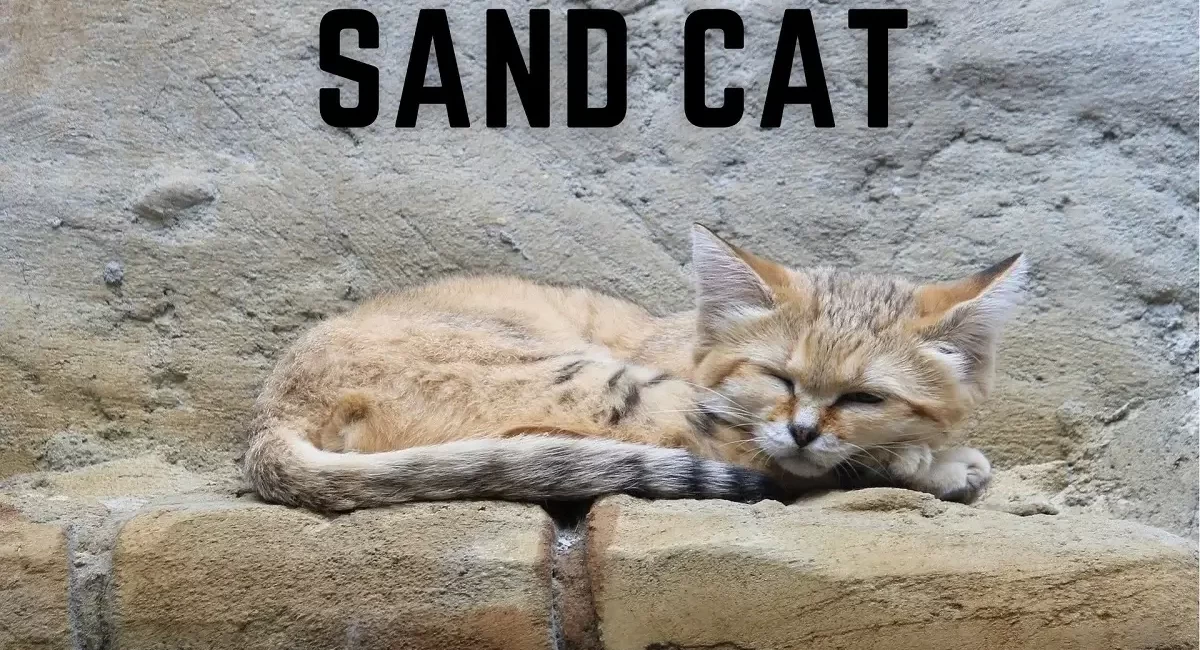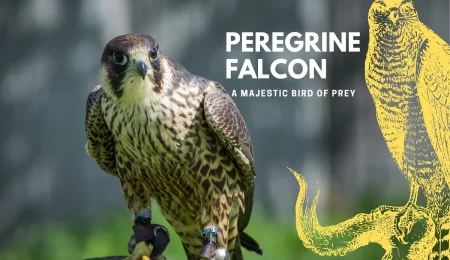Sand Cat: The King of the Desert
Sand cats, also known as the “sand dune cats,” are small wild cats that inhabit the deserts of North Africa and Southwest Asia. Although they are the smallest wild cats in their range, they are also known as the kings of the desert for their incredible survival skills and ability to thrive in harsh environments. In this article, we’ll explore the fascinating world of sand cats, including their physical characteristics, behavior, habitat, diet, and conservation status.
In this article, we will cover
- Introduction
- Physical Characteristics
- Habitat and Distribution
- Behavior
- Diet
- Reproduction
- Threats and Conservation
- Hunting Skills of Sand Cat
- Conclusion
- FAQs
1. Introduction
Sand cats are a unique species of wild cats that are perfectly adapted to life in the desert. They are the only cats that have evolved to thrive in such harsh environments, where temperatures can reach up to 120°F during the day and drop below freezing at night. Despite their small size, sand cats are incredibly tough and have developed a range of adaptations to help them survive in the desert.
2. Physical Characteristics
Sand cats are small, compact cats that weigh between 3-7 pounds and stand around 10 inches tall at the shoulder. They have a distinctive, thick coat of fur that helps them regulate their body temperature in the extreme desert climate. Their fur ranges from pale sandy beige to greyish-brown, and they have a series of black stripes and spots on their legs and belly. Their ears are large and pointed, with tufts of black hair on the tips that help them detect prey and communicate with other sand cats.
3. Habitat and Distribution
Sand cats are found in the deserts of North Africa and Southwest Asia, including the Sahara, Arabian, and Gobi deserts. They prefer sandy and stony deserts with sparse vegetation, where they can blend in with their surroundings and avoid predators. Sand cats are solitary animals and are rarely seen in groups, except during mating season.
4. Behavior
Sand cats are primarily nocturnal animals, and they spend most of the day sleeping in underground burrows or rocky crevices to avoid the scorching heat. They are incredibly agile and can climb trees, dig burrows, and run at high speeds to catch prey or escape danger. Sand cats are also very vocal animals and use a range of sounds, including purring, growling, and meowing, to communicate with each other.
5. Diet
Sand cats are carnivorous animals and feed primarily on small rodents, lizards, birds, and insects. They have powerful jaws and sharp teeth that allow them to kill prey quickly and efficiently. Sand cats are also adapted to survive without water for long periods and can obtain most of their moisture from their prey.
6. Reproduction
Sand cats have a unique reproductive cycle that is adapted to their desert habitat. They breed between January and March, when food is more abundant, and females give birth to litters of 1-4 kittens after a gestation period of around 59-66 days. Kittens are born blind and helpless and rely on their mother for milk and protection. They become independent after around 5-6 months and reach sexual maturity at around one year old.
7. Threats and Conservation
Sand cats are threatened by a range of human activities, including habitat destruction, hunting, and capture for the pet trade. Their populations have declined significantly in recent years, and they are now listed as a Near Threatened species by the International Union for Conservation of Nature (IUCN). Several conservation organizations are working to protect sand cats and their habitat, including the Sahara Conservation Fund and the Sand Cat Network, which aims to promote research, education, and conservation efforts for sand cats and their desert ecosystems.
8. Hunting Skills of Sand Cat
The sand cat is a skilled and effective hunter, able to catch prey even in the most challenging desert environments. Their small size and nocturnal habits allow them to avoid larger predators and hunt unnoticed under the cover of darkness. Here are some of the hunting skills of the sand cat:
Hunting Techniques
1. Stealth and Camouflage
Sand cats have a coat color that blends perfectly with the desert sand, making them almost invisible in their natural habitat. They also have long whiskers that help them detect movements in the dark, and their large ears can rotate to pinpoint the exact location of their prey. Their stealth and camouflage make them very difficult to detect, which is essential when hunting in a harsh and unforgiving environment.
2. Speed and Agility
Despite their small size, sand cats are extremely fast and agile, able to chase prey at speeds of up to 25 miles per hour. They have powerful legs and sharp claws that allow them to dig into the sand and quickly change direction when pursuing prey. Their ability to make sudden and unpredictable movements makes them very effective at catching small and elusive desert animals.
3. Patience and Endurance
Sand cats have incredible patience and can wait for hours in one spot, carefully observing their surroundings until they spot a potential prey. They can also cover long distances on foot, traveling up to 5 miles per night in search of food. Their ability to conserve energy and survive without water for long periods makes them well-suited to the harsh and unpredictable desert environment.
4. Efficient Killing
Once a sand cat has caught its prey, it uses its powerful jaws and sharp teeth to deliver a quick and efficient kill. It will often use a suffocating bite to the neck or head to dispatch its prey quickly, minimizing suffering and conserving energy. Sand cats are also known to cache their prey, burying it in the sand and returning to it later when they are hungry again.
9. Conclusion – Sand Cat
Sand cats are remarkable creatures that have evolved to thrive in some of the harshest environments on earth. Despite their small size, they are formidable predators and have adapted to survive without water for long periods. Unfortunately, they are also threatened by human activities and habitat loss, and urgent conservation efforts are needed to protect these unique animals and their fragile desert ecosystems.
10. FAQs – Sand Cat
- Are sand cats endangered?
- Sand cats are not currently classified as endangered, but they are listed as a Near Threatened species by the IUCN.
- What do sand cat eat?
- Sand cats are carnivores and primarily feed on small rodents, lizards, birds, and insects.
- How do sand cats survive in the desert?
- Sand cats have a range of adaptations that help them survive in the desert, including thick fur for insulation, powerful jaws for killing prey, and the ability to obtain moisture from their food.
- How many sand cats are left in the wild?
- It is difficult to estimate the exact number of sand cats in the wild, but their populations have declined significantly in recent years due to habitat loss and hunting.
- Can sand cats be kept as pets?
- Sand cats are wild animals and should not be kept as pets. They require specialized care and are protected by international laws and regulations.




Leave a Comment